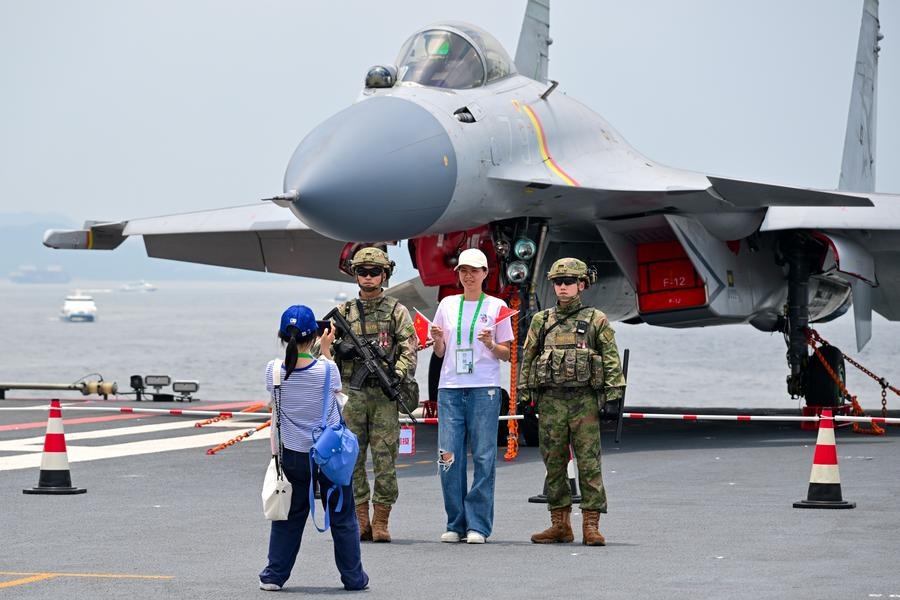Scientists find Roman ruins using orbiting eye

Chinese scientists recently discovered 10 new archaeological sites in Tunisia dating to ancient Rome using Chinese space-based remote sensing technology.
The archaeological sites are located in three Tunisian provinces - Gafsa, Tataouine and Medenine - Tunisian Culture Minister Mohamed Zine El-Abidine said at a recent news conference.
The discoveries include two Roman forts, three giant water basins, an irrigation system, a cemetery and three fortified Roman military roads lined with walls and watchtowers.
It is the first time Chinese remote-sensing technology has been used to locate archaeological sites in other countries, said Wang Xinyuan, a researcher from the Chinese Academy of Sciences' Institute of Remote Sensing and Digital Earth.
Wang, a leader of the effort, said a team of Chinese, Tunisian, Italian and Pakistani scientists found the sites under a project called the Digital Belt and Road.
"The project is monumental in improving coordination and cooperation between Chinese and foreign scientific communities," he said.
The new sites shed light on how the ancient Roman military defended its southern borders and supported its logistics, Wang said. Tunisia was also part of the Maritime Silk Road and home to many major Roman ports, hence the sites will allow better understanding of ancient trade routes and ecological change, he said.
Bai Guangming, a cultural counselor from the embassy of the People's Republic of China in Tunisia, said China's advanced remote sensing technologies will provide great scientific support for strengthening cultural exchanges between countries involved in the Belt and Road Initiative.
Remote sensing refers to photography, infrared imaging, lasers and other methods to gather information from an object or natural phenomena without making physical contact.
It has been widely used in the military and most Earth science disciplines, including geology, hydrology and ecology.
In 1906, Lieutenant Philip Henry Sharpe of the British Royal Engineers pioneered the use of aerial photography to study ancient monuments by taking the first aerial shots of Stonehenge from a balloon.
"Remote sensing technology provides a nonintrusive yet extremely accurate method of examining fragile archaeological sites, and it saves time, money and manpower because less field work is needed," Wang said.
Remote sensing technologies boomed in the 1960s with the introduction of satellite-and aircraft-based technologies that allow scientists to collect even more abstract data such as temperature, wind speed and humidity over a greater area.
"With these data, scientists and preservationists can formulate more accurate and effective plans to repair or protect archaeological sites," Wang said. "Remote sensing is a unique and effective way of finding obscured artifacts in the wild."
- Typhoon Danas makes landfall in Taiwan, leaving 2 dead and hundreds injured
- 3 dead, 2 missing after mountain collapse in Southwest China
- China strengthens elderly care safety with new emergency response plan
- Three dead, two missing after Sichuan landslide
- Chinese-made robotic dog hits 10.3 m/s, rivals human sprinters
- Shanghai competition drives innovation in AI hardware, fintech, cybersecurity




































